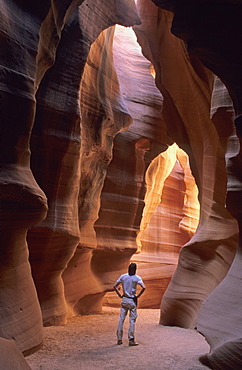Results
1 results found
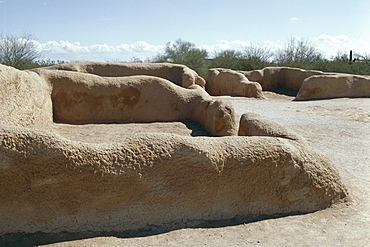
Caliche walls made from limy subsoil, not adobe, dating from 14th century, Casa Grande, Hohokam Indians, Arizona, United States of America (U.S.A.), North America.
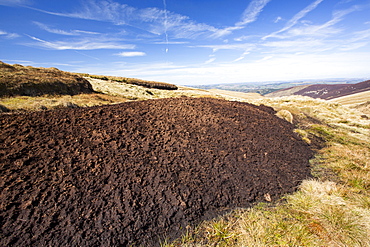
Peat Hags on king bank head above Biggar in the Southern Uplands of Scotland, UK. These peat covered moorland hills are an important carbon sink.

A landslide in the Copper Mines Valley caused by saturated ground during the November 2009 floods, Coniston, Lake District, Cumbria, England, United Kingdom, Europe
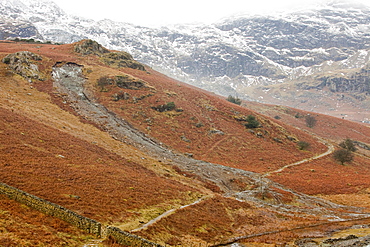
A landslide in the Copper Mines Valley caused by saturated ground during the November 2009 floods, Coniston, Lake District, Cumbria, England, United Kingdom, Europe

R?o Tinto, Andalucia, Spain *** Local Caption *** R?o Tinto ("Red River") is very acidic (Ph 2) and has a deep reddish hue due to iron dissolved in water. The acidity of the watercourse is linked to the drainage of pyrite, which is very present in the subsoil. Extremophilic and endemic bacteria and algae colonize the river bed, forming a fragile biofilm that evokes the hot springs of Yellowstone Park in the USA.
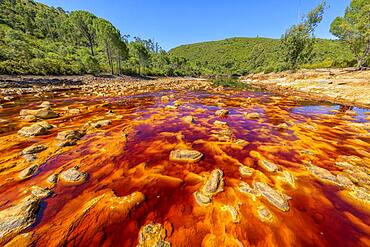
R?o Tinto, Andalucia, Spain *** Local Caption *** R?o Tinto ("Red River") is very acidic (Ph 2) and has a deep reddish hue due to iron dissolved in water. The acidity of the watercourse is linked to the drainage of pyrite, which is very present in the subsoil. Extremophilic and endemic bacteria and algae colonize the river bed, forming a fragile biofilm that evokes the hot springs of Yellowstone Park in the USA.
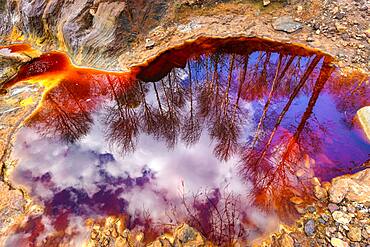
Reflections on Rio Tinto, near its source, Andalusia, Spain *** Local Caption *** R?o Tinto ("Red River") is very acidic (Ph 2) and has a deep reddish hue due to iron dissolved in water. The acidity of the watercourse is linked to the drainage of pyrite, which is very present in the subsoil. Extremophilic and endemic bacteria and algae colonize the river bed, forming a fragile biofilm that evokes the hot springs of Yellowstone Park in the USA.

Clay loaded with iron oxides and dried out, Rio Tinto, Andalusia, Spain *** Local Caption *** R?o Tinto ("Red River") is very acidic (Ph 2) and has a deep reddish hue due to iron dissolved in water. The acidity of the watercourse is linked to the drainage of pyrite, which is very present in the subsoil. Extremophilic and endemic bacteria and algae colonize the river bed, forming a fragile biofilm that evokes the hot springs of Yellowstone Park in the USA.
